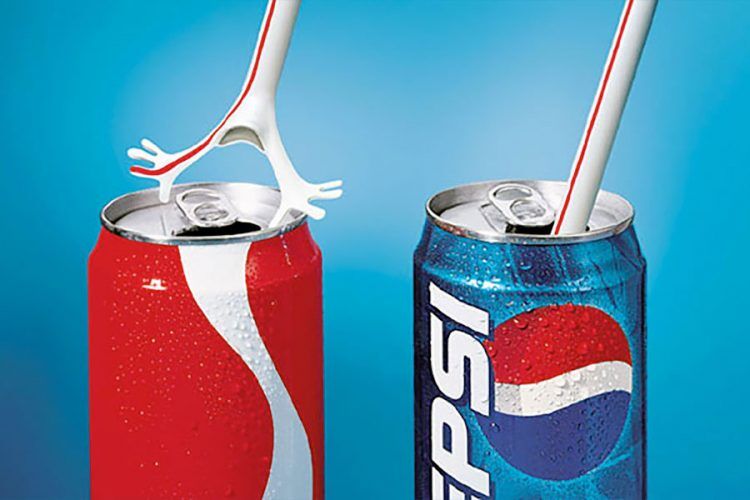A comparative advertisement is a form of marketing strategy employed by a trader to compare his goods with that of its competitor to enjoy economic benefits. Through comparative advertising, the advertiser seeks to present his product in a manner that its target consumer is most likely to purchase it. While doing so, it must be ensured that the advertiser does not take any unfair advantage and is in conformity with honest industrial practices; or does not harm the reputation of the trademark. However, advertisements which are fair and accurate and are beneficial to the consumers and thus should not be prohibited merely because of the use of registered trademarks by third parties.
Comparative advertising has two mechanisms, simple puffery, and denigration. The practice of making superlative assertions in order to attract the attention of the target consumer is called puffing. But when such claims give negative lights to a competitor’s product, it is called denigration which is strictly prohibited. Accordingly, a fine line of difference must be drawn between simple puffery and product disparagement.
The function of a Trademark:
Before going forward with the issue we must address what is the substantial function of a trademark? It has moved beyond the traditional notion of “source of origin” of the product. There has been a paradigm shift from the indication of the “source of origin” to its “selling power” weighing more towards consumer awareness. Trademark by themselves are worthless to the public and it is the public interest inhered in the mark’s capability to enlighten the consumer and avoid misperception.
An advertisement which has the tendency to inform the consumer either by showing the falseness or deceptive nature of the assertion made by the trade rival or by offering an assessment of their corresponding good, to taken an informed decision, is for the public good and hence cannot be taken to be an actionable wrong, unless it is motivated by malice. This practice serves their principal interest in the promotion of competition and curtailment of monopoly.
Hence it is necessary to balance the interests of all the stakeholders to find acceptable limits of comparative advertising. who is deceived, competitors, indulge in puffery without trouncing one another, except if there is legislative interference? Alternatively, the consumer is benefited only when both are prohibited from either making false representations or giving inadvertent warranties. Likewise, allowing competitors to uncover each other in an ingenious way will correspondingly bring out in consumer awareness.
A claim such as “best in the world” is not disparagement and hence is not actionable provided that the comparison does not give negative light to competitor’s product. Although such an assertion is false; nonetheless, in doing so the advertiser is prohibited from throwing competitor’s product in bad lights.
Glaxo Smith Kline Consumer Health Care Limited v. Heinz India Private Limited and Ors emphasizes on advertiser’s liberty to puffery. In a dispute between “Horlicks” and “Complan” which came up after an advertisement which showed a boy who kept on hanging himself to bars was advised by another to use “complain” as it has necessary nutrition which helps is speedy growth. It was contended by the plaintiff that the said representation was augmenting the effectiveness of the “Complan” in a deceitful way in an endeavor to deceive consumers because nutrition ingredients are not the one factor that enhances human body growth. The Court found the advertisement to be within acceptable commercial freedom of the advertiser in the free market if the competitor’s product is not disparaged in any way
In Havells India Limited v Amritanshu Khaitan, the Delhi HC considered comparative advertising to be lawful and acceptable when it is in “interest of vigorous competition and public enlightenment” since public assumes a certain amount of puffery in advertising and one must see if such claims would be taken seriously by a man of ordinary prudence while addressing the issue of disparagement.
Conclusion:
The inference drawn from the above analysis of permissible limited comparative advertisement is that judiciary has resorted to an inconsistent approach in the absence of proper mechanism. Such an approach is inadequate as the selective use of various laws brings out lacunae in its application. With consumer becoming as significant a stakeholder in the market as a competitor, the approach of courts have significantly changed. With the public being the often innocent targets of advertisement, the safeguard of their interests is essential while establishing functional machinery to regulate comparative advertising.




